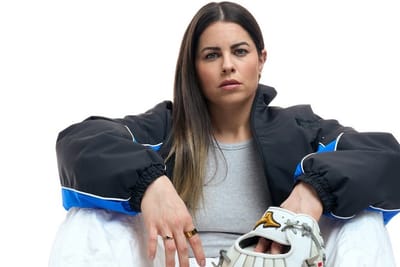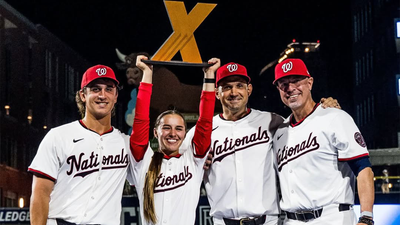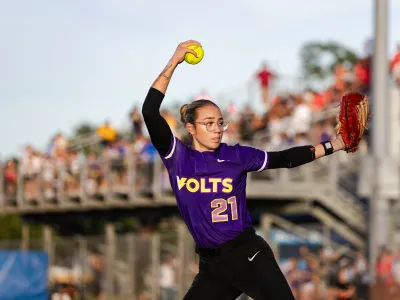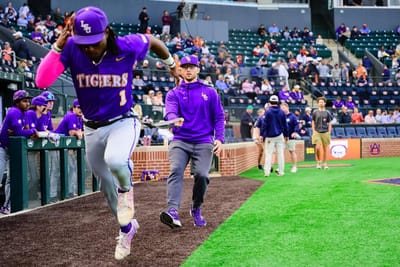
Blueprint Meets Breakthrough: Mariners in the ALCS for the First Time in 24 Years
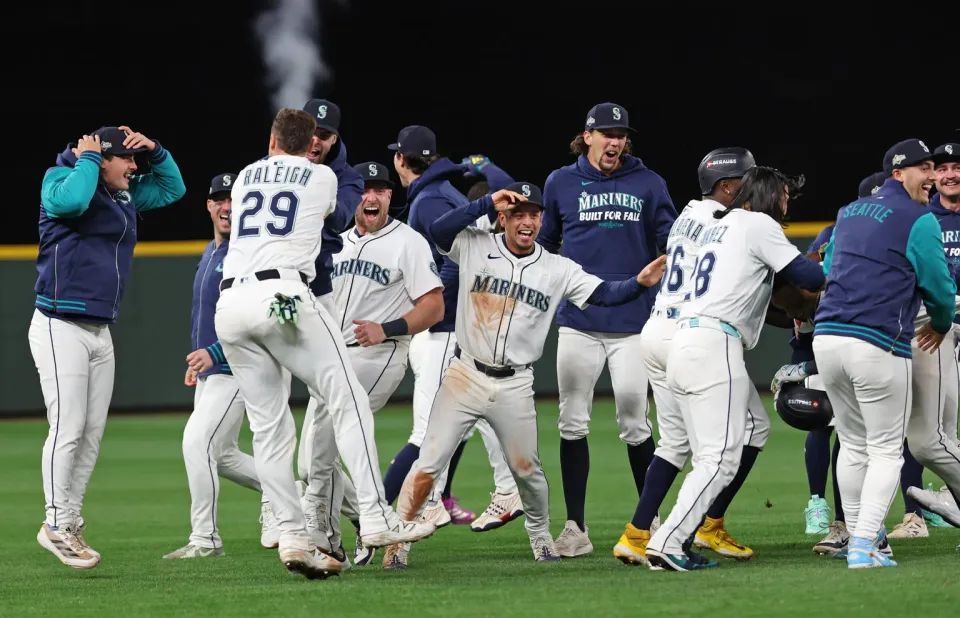
Tonight, the Mariners step into the American League Championship Series for the first time since 2001 — a 24-year wait that has defined a generation of Seattle baseball.
Their drive to this moment wasn’t built on a single blockbuster free agent or lucky bounce. It’s the result of a blueprint: a roster forged through internal development, cost control, and smart chess moves in the trade and free agent markets.
As Polanco’s walk-off single sealed their ALDS victory two nights ago, the narrative is clear: the Mariners’ long game has matured into a title pursuit.
The Cost-Controlled Engine: Pre-Arbitration & Rookie Impact
One of the quietest advantages in Seattle’s formula has been maximizing the value of pre-arbitration and early arbitration players — turning underpaid yet high-upside contributors into legit impact pieces. That’s the chess game GMs play behind the scenes.
Why it matters
These players come with minimal salary burden (often the league minimum or near it) but carry upside. When a team can slot in multiple contributors in that cost band, the margin for flexibility goes up — payroll can stretch to retain stars or make trades. Seattle’s success in recent years has hinged not just on star contracts, but on getting outsized return from their young players.
Anchors from Within: The Development Engine
To anyone thinking this is just a “flash in the pan” is doing a disservice to years of behind-the-scenes work. The real differentiator is scouting and development.
Let’s break it down:
Logan Gilbert is perhaps the clearest exemplar. A former first-round pick, Gilbert has evolved steadily in repertoire, approach, and durability. He led the league in innings pitched in 2024 (208 ⅔) with an elite WHIP of 0.887.
- In 2025, he faced a flexor strain but returned to be a stabilizing force for the rotation. Gilbert has also engaged in “loose” extension talks with Seattle, signaling the club’s desire to retain their internally grown core.
Bryan Woo is the kind of story that validates Seattle’s faith in lower-round arms, and their confidence in development. A sixth-rounder, he hasn’t just held his own — he’s ascended. In 2025 before injury, Woo posted a 15–7 record with a 2.94 ERA over 30 starts. (He was held out of the ALDS roster due to pectoral tightness but is being eyed for the ALCS rotation if healthy.)

Luis Castillo, acquired via trade from the Reds in 2022, became the rotation’s veteran anchor and signaled Seattle was serious.
- Castillo signed a 5-year, $108 million extension (2023–27), with a vesting option for 2028.
- Over his tenure, he’s delivered solid innings and postseason performances (notably helping end a 21-year playoff drought).
- That said, his 2025 season has had rough patches — concerning HR rates and second-half performance — and even trade whispers surfaced this winter.
- Still, he was once the kind of acquisition that signaled “we’re deepening this window,” and he remains part of the narrative.

George Kirby, Bryce Miller, Emerson Hancock, and others round out a rotation built mostly in-house. A 2023 Lookout Landing piece referred to Seattle having “drafted and developed an entire rotation in just five years,” citing Kirby, Miller, Woo, and Hancock alongside the Castillo and Ray acquisitions.
- That balance matters: not every starter in this staff is a homegrown superstar, but the majority are under club control, with upside and cost predictability.
In the bullpen, the same development ethos shows up. Andrés Muñoz is now among the league’s elite relievers, and he’s expanded his arsenal with newer looks (like a “kick-change”) that compliments his electric mid to upper 90’s heater.
Even pitchers brought in short term have been coached to refine secondary stuff, not just copy what they arrived with. This isn’t luck. This is a system that gives arms runway, expects growth, and doesn’t shy from asking pitchers to keep evolving.
Superstar Timing
Once you have built a roster stocked with cost-controlled talent and have developed them, the real work begins: leverage that development at the right times, and lock in your core through smart extensions.
That chessboard is exactly the one the Mariners have navigated really well, and have created some real value for themselves.
Take Julio Rodríguez: Seattle bet early, secured him on a 12-year / $210 million base deal (with upside to ~$470 million via options and awards), giving them a generational star under control far below what a free market would demand.
Then look at Cal Raleigh, whose 6-year, $105 million extension signed in early 2025 buys out his free agent years and lets the club anchor the catcher spot as he puts together a record-setting season (60 HR, defending Gold/Platinum defense, elite framing metrics).

Meanwhile, J.P. Crawford, the longest-tenured everyday Mariner, represents cultural and roster continuity: he netted a 5-year, $51 million extension in April 2022 (through 2026), after already avoiding arbitration with a $4.85 M deal earlier that year.
In short: Seattle doesn’t just ride development—they time it, commit to it, and then weave in veterans and strategic depth without compromising the core. This is the bridge into how the front office and trades factor in—and how everything now culminates as they stand on the verge of their first Championship Series appearance in 24 years.
Deadline Deals
Even the best-built farm system needs a few bold strokes from the top. Jerry Dipoto’s 2025 trade deadline showed both timing and feel — moves that were less about chasing headlines and more about aligning the roster’s heartbeat with its ambition.
The addition of Josh Naylor, one of the deadline’s most productive bats, proved instantly transformative. He hit close to .295 with 20 homers and 60 RBIs after arriving from Arizona, giving Seattle a middle-order spark and an edge that played perfectly in October.
Re-acquiring Eugenio Suárez, a familiar face who launched 49 home runs and 118 RBIs this season, carried emotional weight. It told the clubhouse that leadership was paying attention — that the front office understood rhythm, personality, and timing as much as analytics.
Those kinds of calculated additions don’t just add power; they add belief. And belief, as much as bullpen depth, is what wins games like the fifteen-inning classic that sent Seattle back to the ALCS.
Now, the focus shifts to the architects behind the build — the front office group whose balance of patience and conviction has quietly brought the Mariners back to baseball’s biggest stage.
Front Office & Cultural Architecture
You can’t talk about this roster without crediting the architecture behind it.
- Jerry Dipoto has long had a reputation for frequent roster churn and aggressive moves, but the payoff is becoming clearer. Early in his tenure, between his hiring and Feb 2017, Seattle executed 39 trades involving nearly 100 players — a signal that they would be active and fluid.
- In recent years, the front office rhetoric has focused more on evolution than reinvention. The message: the foundation is in place; now, we refine.
- The scouting, analytics, and player development departments deserve high marks here. You don’t get this many pitchers consistently contributing unless there is real alignment between scouting and coaching.
- During the offseason, when rumors swirled about Castillo possibly being traded, the Mariners maintained open communication with him — a sign that they value transparency as a part of culture.
- The patience to let younger arms fail (or struggle) initially, rather than give up or overreact, shows a confidence in process that many organizations lack.
Manager & Culture as Multiplier
Talent and analytics win ballgames, but culture determines whether they win in October.
- Dan Wilson, in his first full season as manager, is now widely credited with bringing consistency, composure, and trust to the clubhouse. Players frequently cite his calm leadership in pressure moments.
- The fact that the pitching staff sat behind Raleigh at his extension news conference (a visual of cohesion) shows the internal solidarity.
- The roster is young enough to build around and mature together, but not so basement-level that veteran presence is absent. Wilson’s role is shepherding growth, allocating innings, and managing bullpen leverage in October.
This Isn’t a Run. It’s a Statement.
Friday night’s win and this ALCS berth are not miracles. They are the culmination of “boring” decisions made years ago. The Mariners did not sprint to October; they paced themselves for it.
This roster is as real as they get: homegrown arms, leadership talent, smart trades, and contract control. The organization deserves credit not just for getting here, but for building to be here.
If they punch that World Series ticket, it won’t just validate one season—it will vindicate a blueprint.

Sources
Information for this story was gathered from publicly available reports, league data, and verified media coverage. Key data and references include:
- The Washington Post — coverage of the Mariners’ 2025 postseason berth and ALDS victory
- Baseball Prospectus — player contract and performance analysis on Luis Castillo and Seattle’s pitching staff
- ClutchPoints — reporting on Bryan Woo’s 2025 season, injury updates, and bullpen development
- Lookout Landing — background on Seattle’s drafting and development philosophy, and Jerry Dipoto’s trade history
- MLB Trade Rumors — details on Julio Rodríguez’s long-term extension and front office negotiations
- Baseball Savant — performance metrics for Cal Raleigh, including framing, defense, and power statistics
- Spotrac — contract terms for Cal Raleigh, J.P. Crawford, and other Mariners extensions
- Reuters — confirmation of Seattle’s postseason milestones and player contract summaries
- Spokesman-Review — reporting on Luis Castillo’s acquisition, team chemistry, and press conference moments
- SI.com — updates on Gilbert’s contract discussions and front office communications
- Sodo Mojo — analysis on Castillo’s trade rumors and Seattle’s deadline strategy
- Wikipedia — background information on player histories, draft status, and career statistics
